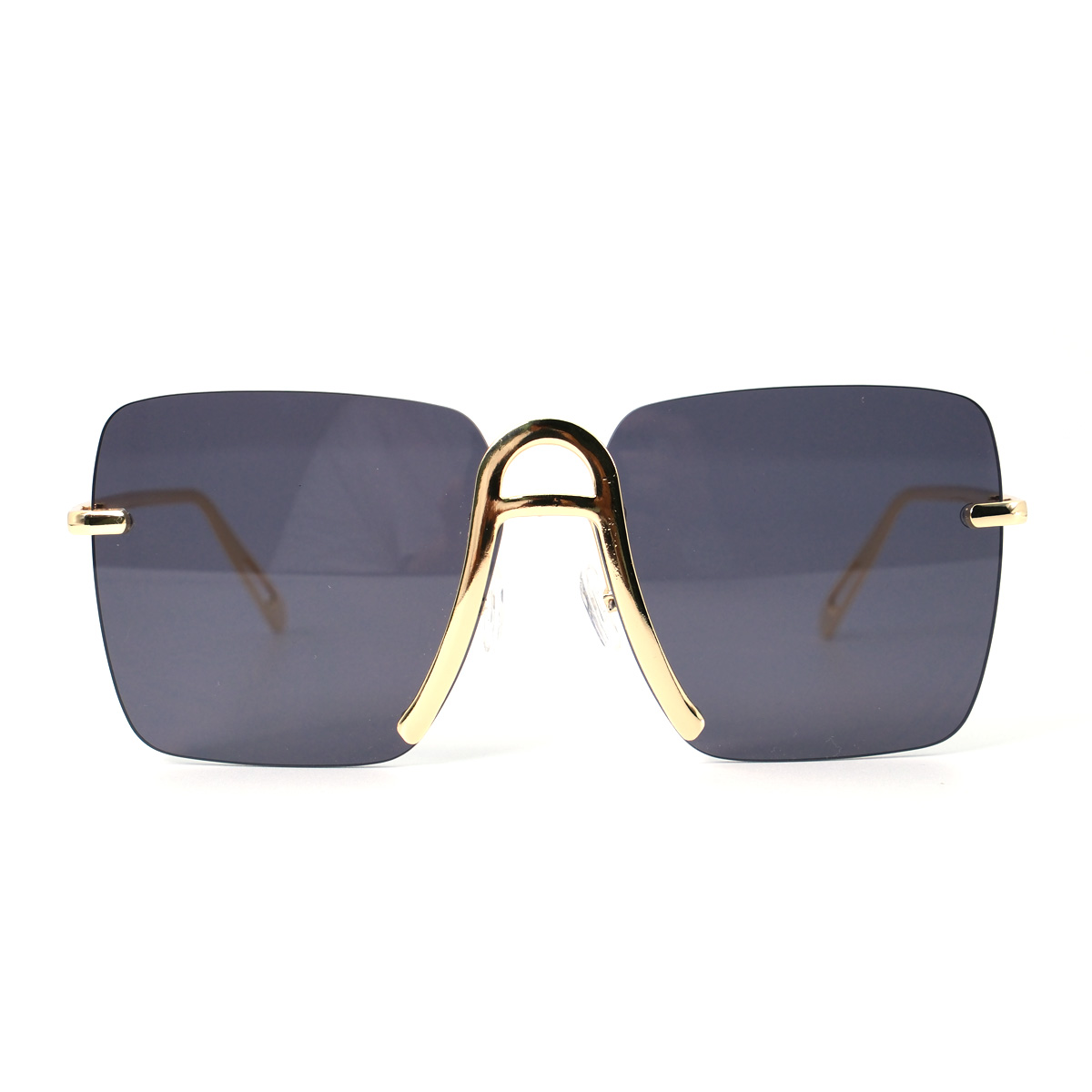Unveiling the Distinction between Anti-Blue Light and Non-Blue Light Lenses
Title: Unveiling the Distinction between Anti-Blue Light and Non-Blue Light Lenses: A Comprehensive Analysis
In the era of technology and digital screens, concerns about the potential harmful effects of blue light on our eyes have become increasingly prevalent. As a result, the eyewear market has witnessed the emergence of two prominent lens types: anti-blue light lenses and non-blue light lenses. This article aims to provide a clear understanding of the differences between these two lens types, shedding light on their functionalities and benefits. By exploring the logical viewpoints surrounding these lenses, readers can make informed decisions about their eye health.
Understanding Blue Light
Before delving into the key distinctions, it is crucial to comprehend the nature of blue light itself. Blue light is a high-energy, short-wavelength light that is emitted by various sources, including electronic devices, LED lights, and sunlight. Exposure to natural blue light during daytime hours is essential for regulating our sleep-wake cycle and maintaining overall well-being. However, excessive exposure to artificial blue light, particularly during nighttime, has been associated with potential health issues.
Anti-Blue Light Lenses
Anti-blue light lenses, as the name suggests, are specially designed to filter out or minimize the amount of blue light that reaches our eyes. These lenses incorporate a unique filtering material that selectively blocks a specific portion of the blue light spectrum, typically ranging between 400 and 500 nanometers. By doing so, anti-blue light lenses aim to mitigate the potential negative effects of blue light, such as digital eye strain, sleep disturbances, and the risk of macular degeneration.

Non-Blue Light Lenses
In contrast to anti-blue light lenses, non-blue light lenses are not specifically intended to target blue light. Rather, these lenses primarily offer protection against ultraviolet (UV) rays emitted by the sun. Non-blue light lenses effectively block both UVA and UVB rays, which are known to be harmful to the eyes and skin. Typically used as sunglasses or general-purpose eyewear for outdoor activities, non-blue light lenses prioritize shielding the eyes from the sun's ultraviolet radiation. However, they do not address concerns related to artificial blue light exposure.
Key Differences and Considerations
1. Functionality: Anti-blue light lenses are engineered to block or minimize blue light, whereas non-blue light lenses primarily focus on protecting against harmful UV radiation. If your main concern is prolonged exposure to artificial blue light from digital screens, anti-blue light lenses are the more suitable option. However, if your primary requirement is safeguarding your eyes from the sun's UV rays, non-blue light lenses are the preferred choice.
2. Usage Context: Anti-blue light lenses prove particularly beneficial for individuals who spend extensive amounts of time in front of screens, such as office workers, students, and avid gamers. These lenses are designed to address the specific concerns associated with prolonged digital device use. Non-blue light lenses, on the other hand, are ideal for outdoor activities, providing comprehensive protection against harmful UV rays while ensuring clear vision.
3. Customization and Style: Although not directly tied to the functionality of the lenses, it is worth mentioning the relevance of custom lanyards as eyewear accessories. Custom lanyards offer practicality by keeping your glasses easily accessible, minimizing the risk of loss or damage. Moreover, they can be personalized with various designs, logos, or slogans to align with personal or organizational branding. Whether opting for anti-blue light or non-blue light lenses, custom lanyards contribute to the overall style and individuality of your eyewear.
Conclusion
In conclusion, the key distinction between anti-blue light and non-blue light lenses lies in their specific functionalities. Anti-blue light lenses are engineered to filter or reduce the amount of blue light that reaches the eyes, addressing concerns associated with prolonged screen time. Non-blue light lenses, on the other hand, primarily focus on protecting against harmful UV radiation from the sun. By considering your specific needs and usage context, you can make an informed decision regarding the most suitable lens type for your eye health.
Furthermore, custom lanyards serve as practical and stylish accessories for eyewear, irrespective of the chosen lens type. They offer convenience and personalization, ensuring that your glasses are always within reach while reflecting your unique identity.
Ultimately, the decision between anti-blue light and non-blue light lenses depends on your specific requirements and priorities. By carefully evaluating the logical viewpoints presented in this article, you can prioritize your eye health and make an informed choice in the ever-evolving world of digital technology.
